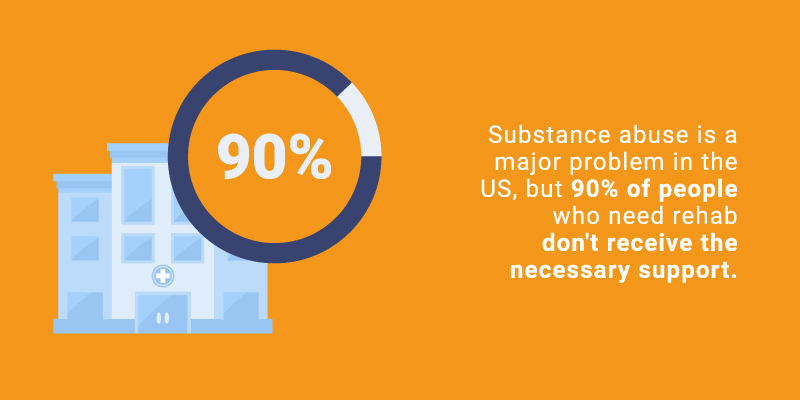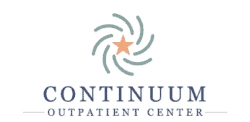What is the Overall Rehab Success Rate?
Written by our Ripple Ranch Recovery Center staff & reviewed by Dr. Jeffrey L. Butts and Crissy Clark, LCSW-S, EMDR – Executive Director
Understanding Rehab
Rehab, short for “rehabilitation,” refers to a program designed to help people recover from various forms of physical or psychological challenges. The goal is to regain a certain level of functionality and well-being.1
The specific type of rehab can vary widely depending on the nature of the problem being addressed. Here are three common categories of rehabilitation:2

Learn More About Ripple Ranch Recovery Center
Physical Rehabilitation
Substance Use Disorder Rehabilitation
Addiction rehab helps people overcome drug or alcohol dependency. It includes detoxification, counseling, and support programs to achieve and maintain sobriety.4
What is Substance Use Disorder (SUD)?
Mental Health Rehabilitation
- Anxiety
- Depression
- Bipolar disorder
Understanding Rehab Success Rates
Abstinence and Relapse Rates
"Success in rehabilitation is multifaceted and is typically defined by achieving sustained recovery and improved quality of life. This involves not only the cessation of substance use but also addressing underlying issues contributing to addiction, such as mental health concerns. Measurement often includes factors like abstinence maintenance, psychological well-being, employment or educational stability, and the reintegration into a supportive social network. Success is individualized, and ongoing assessment of these various aspects ensures a comprehensive understanding of a patient's progress in the complex journey of rehabilitation."
Crissy Clark Tweet
Improvement in Health and Well-Being
Improved Functionality
- Employment
- Relationships
- Community involvement
Satisfaction and Quality of Life
Completion Rates
Long-Term Outcomes

Why Relapse is Not Failure
- Chronic nature of addiction: Addiction is often considered a chronic condition, similar to other long-term health issues. Like diabetes or hypertension, it may need ongoing management. Relapse can be seen as a setback in this management but not as a definitive failure.
- Learning opportunity: Many people can learn from their relapse experiences. It can provide insight into triggers, vulnerabilities, and areas that need more support. This knowledge can be invaluable in developing a more robust recovery plan.
- Continuum of recovery: Recovery is viewed as a process rather than an endpoint. It may include periods of abstinence, relapse, and recommitment to sobriety. Relapse can be a part of this process, and people can continue working toward their recovery goals.
- Reducing stigma: Seeing relapse as a part of the recovery journey helps reduce the stigma associated with addiction. It acknowledges that recovery can be challenging, and setbacks are normal.
Factors Influencing the Rehab Success Rate
Type of Addiction
Duration of Treatment
Treatment Approach
Quality of Care
Access to Support and Aftercare
Individual Factors
Co-Occurring Disorders
Relapse Prevention Strategies
Family and Social Support
Treatment Setting
Statistical Data on Rehab Success Rates
- Differences in methodologies
- Patient characteristics
- The definition of “success”

Inpatient/Residential Rehabilitation
Outpatient Rehabilitation
- The person’s motivation
- The duration of treatment
- The quality of the program
Medication-Assisted Treatment (MAT)
A Closer Look at MAT
12-Step Programs (e.g. AA and NA)
The success rates for 12-Step programs (such as Alcoholics Anonymous (AA) or Narcotics Anonymous (NA)) are challenging to quantify. This is due to their emphasis on ongoing attendance and involvement rather than specific outcome metrics.
Some studies suggest that these programs can be effective, especially when combined with professional treatment. But, AA’s success rate is just 5%, due to which it’s often been criticized.7
This emphasizes the importance of comprehensive support, as AA can be used as a resource to complement other treatment modalities for a more balanced, whole-person approach to recovery.
Dual Diagnosis Treatment
A Closer Look at Dual Diagnosis
The Role of Ongoing Support on the Rehab Success Rate
- Therapy
- Counseling
- Participation in support groups
Relapse Prevention
Addressing Co-Occurring Conditions
Accountability
Emotional Support
- Thoughts
- Feelings
- Challenges
Skill Building
- Stress management
- Communication
- Problem-solving
- Decision-making
Education
Peer Support
Adjusting Treatment
Preventing Isolation
Long-Term Maintenance
Positive Reinforcement
Evidence-Based Practices and Innovative Therapies for Improving the Rehab Success Rate
Cognitive-Behavioral Therapy (CBT)
Dialectical Behavior Therapy (DBT)
- Manage their emotions
- Improve interpersonal relationships
- Reduce self-destructive behaviors, including substance abuse
Medication-Assisted Treatment (MAT)
MAT is effective for opioid and alcohol use disorders. Medications such as buprenorphine, methadone, and naltrexone are used in combination with counseling and therapy. The goal is to reduce cravings and withdrawal symptoms.
Eye Movement Desensitization and Reprocessing (EMDR)
EMDR is a therapeutic approach primarily used for people who have experienced trauma, which can be a contributing factor to addiction. EMDR helps patients process traumatic memories and reduce their emotional impact, addressing a potential trigger for substance use.
Family Support and Therapy
- Family dynamics
- Communication
- Understanding
Peer Support Programs
Holistic Therapies
- Art and music therapy
- Yoga
- Mindfulness practices
- Nutritional support

Individual Differences and Their Impact on the Rehab Success Rate
Co-Occurring Mental Health Disorders
- Therapy
- Medication management
- Support from professionals with expertise in dual diagnosis
Family Support
- Improve communication
- Set boundaries
- Foster a supportive environment
Motivation and Readiness for Change
"The success rates of rehab programs are significantly influenced by various factors. Patient engagement and commitment to treatment, including active participation in therapeutic interventions, play a pivotal role. A comprehensive approach addressing both the physical and psychological aspects of addiction, coupled with personalized treatment plans, contributes to higher success rates. Additionally, the presence of a strong support system, encompassing family and community, enhances the overall effectiveness of rehabilitation efforts."
Dr. Butts Tweet
Cultural and Socioeconomic Factors
Age and Gender
Severity of Addiction
- Outpatient
- Inpatient
- Long-term residential treatment
Recovery Goals
Relapse History
"When discussing rehab success rates with patients who have had multiple treatment attempts, it's crucial to acknowledge the unique challenges they face. I emphasize the importance of a tailored and evolving treatment plan that incorporates lessons learned from previous attempts. Setting realistic expectations, fostering a strong therapeutic alliance, and addressing underlying factors contributing to relapse are key components of our approach. By providing ongoing support, individualized care, and a commitment to continuous improvement, we aim to enhance the likelihood of sustained recovery despite past challenges."
Crissy Clark Tweet
Support System
Trauma History
Those with a history of trauma may need trauma-informed care. Treatment should be sensitive to past traumas and offer trauma-focused therapy when necessary.

Ripple Ranch Recovery Center – Your Path to Personalized Healing
"When discussing the effectiveness of our rehabilitation program, we typically provide a comprehensive overview of success metrics. These may include rates of sustained abstinence, improvements in mental health indicators, successful reintegration into work or education, and enhanced familial and social relationships. It's crucial to emphasize that success rates can vary based on individual circumstances, the severity of addiction, and the commitment to treatment. Our approach is transparent, focusing on personalized care and ongoing support to optimize the chances of sustained recovery for each patient."
Dr. Butts Tweet
How We Can Help
1. Listen
2. Understand
3. Provide the guidance and care you deserve
Our holistic approach incorporates evidence-based practices and innovative therapies to help you succeed in long-term wellness and recovery.
Contact Ripple Ranch Today
Resources
- 1https://medlineplus.gov/rehabilitation.html
- 2https://www.who.int/news-room/fact-sheets/detail/rehabilitation
- 3https://www.verywellhealth.com/what-s-the-difference-between-physical-rehabilitation-and-physical-therapy-5192732
- 4https://my.clevelandclinic.org/health/diseases/16652-drug-addiction-substance-use-disorder-sud
- 5https://www.ncbi.nlm.nih.gov/pmc/articles/PMC9579533/#:~:text=The%20relapse%20rate%20in%20the,56%25%20in%20the%20outpatient%20group.
- 6https://dss.sd.gov/formsandpubs/docs/BH/BHAO10_MAT_Brochure.pdf
- 7https://www.latimes.com/archives/la-xpm-2011-mar-03-la-heb-sheen-aa-20110302-story.html





